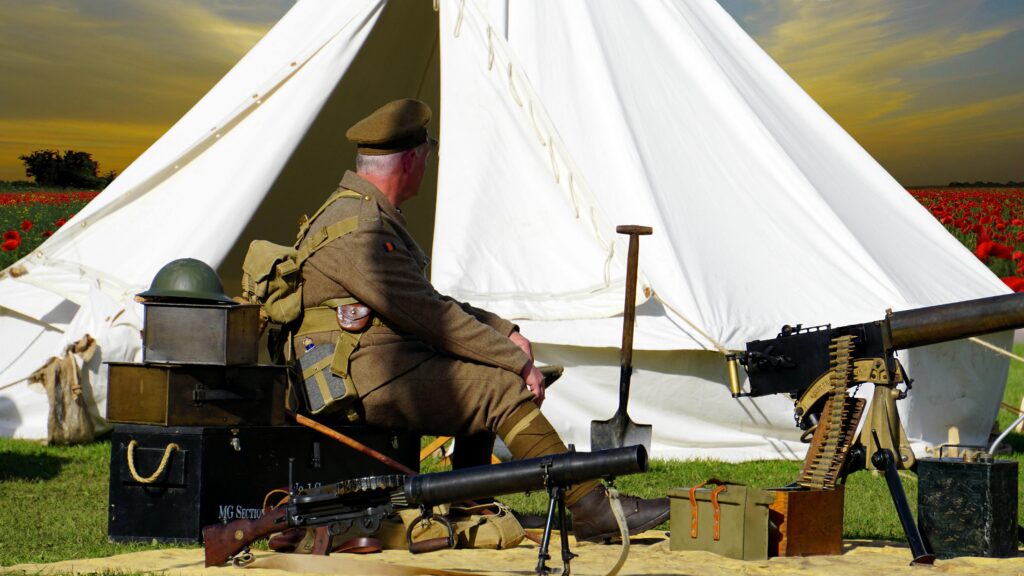Art has evolved through countless movements and styles, each reflecting the cultural, social, and political contexts of its time. Understanding these diverse art styles not only enriches our appreciation of art but also provides insight into the human experience across different eras. This guide delves into various art styles, highlighting their characteristics, notable artists, and enduring influence.
Realism: Capturing the World as It Is
Realism emerged in the mid-19th century as a reaction against the idealization of subjects in Romanticism. Artists sought to depict everyday life and ordinary people with truth and accuracy, emphasizing the mundane and the unembellished.
Key Characteristics
- Focus on everyday subjects and common people
- Detailed, lifelike representations
- Use of natural colors and lighting
Notable Artists
- Gustave Courbet
- Jean-François Millet
- Édouard Manet
Impressionism: The Play of Light and Color
Developed in the late 19th century, Impressionism focused on capturing the fleeting effects of light and color in the natural world. Artists painted en plein air (outdoors) to directly observe and depict their surroundings.
Key Characteristics
- Loose, visible brushstrokes
- Emphasis on light and its changing qualities
- Depiction of ordinary scenes and landscapes
Notable Artists
- Claude Monet
- Pierre-Auguste Renoir
- Edgar Degas
Expressionism: Conveying Emotion and Subjectivity
Originating in the early 20th century, Expressionism aimed to represent emotional experiences rather than physical reality. Artists used distorted forms and exaggerated colors to evoke moods and ideas.
Key Characteristics
- Bold colors and dynamic compositions
- Distorted forms and exaggerated lines
- Focus on emotional and psychological states
Notable Artists
- Edvard Munch
- Wassily Kandinsky
- Ernst Ludwig Kirchner
Cubism: Deconstructing Perspective
Developed by Pablo Picasso and Georges Braque in the early 20th century, Cubism broke down objects into geometric shapes and reassembled them in abstracted forms, challenging traditional perspectives.
Key Characteristics
- Fragmentation of objects into geometric forms
- Multiple viewpoints within a single composition
- Limited color palette
Notable Artists
- Pablo Picasso
- Georges Braque
- Juan Gris
Surrealism: Exploring the Unconscious
Surrealism, emerging in the 1920s, sought to unlock the creative potential of the unconscious mind. Artists depicted dreamlike scenes with illogical juxtapositions and bizarre imagery.
Key Characteristics
- Dreamlike, fantastical imagery
- Unexpected combinations of objects
- Exploration of the subconscious mind
Notable Artists
- Salvador Dalí
- René Magritte
- Max Ernst
Abstract Expressionism: Emphasizing Spontaneity
Abstract Expressionism, which began in the 1940s in New York City, emphasized spontaneous, automatic, or subconscious creation. Artists valued the act of painting itself as an essential aspect of the finished work.
Key Characteristics
- Large-scale canvases
- Emphasis on gestural brushstrokes
- Non-representational forms
Notable Artists
- Jackson Pollock
- Mark Rothko
- Willem de Kooning
Pop Art: Blurring High and Low Culture
Emerging in the 1950s and 60s, Pop Art challenged traditional fine art by incorporating imagery from popular and mass culture, such as advertising, comic books, and mundane cultural objects.
Key Characteristics
- Bold colors and clear lines
- Use of commercial and mass-produced imagery
- Irony and satire
Notable Artists
- Andy Warhol
- Roy Lichtenstein
- Richard Hamilton
Minimalism: Stripping Down to Essentials
Minimalism, which gained prominence in the late 1950s, focused on simplicity and objectivity. Artists used minimal elements to create works that emphasized the physical space they occupied.
Key Characteristics
- Simple geometric shapes
- Limited color palette
- Emphasis on materials and form
Notable Artists
- Donald Judd
- Frank Stella
- Agnes Martin
Art Deco: Elegance and Modernity
Art Deco, flourishing in the 1920s and 30s, combined modern styles with fine craftsmanship and rich materials. It emphasized geometric shapes, symmetry, and streamlined forms.
Key Characteristics
- Geometric and symmetrical designs
- Use of luxurious materials
- Incorporation of modern technology and materials
Notable Examples
- The Chrysler Building in New York City
- Radio City Music Hall
- Various decorative arts and furniture pieces
Gothic Art: Spirituality and Grandeur
Gothic art, which developed in the 12th century, is characterized by its focus on religious themes, intricate details, and the use of light to create an ethereal atmosphere.
Key Characteristics
- Elaborate and ornate designs
- Use of stained glass windows
- Emphasis on verticality and light
Notable Examples
- Notre-Dame Cathedral
- Chartres Cathedral
- The Wilton Diptych
Eclecticism: A Fusion of Styles
Eclecticism involves the combination of elements from different historical styles to create something new and unique. It is characterized by its flexibility and diversity.
Key Characteristics
- Mixing of various artistic styles and motifs
- Emphasis on individuality and creativity
- Often seen in architecture and interior design
Notable Examples
- The Carracci’s paintings combining Renaissance and classical elements
- Various 19th-century architectural designs
Understanding these diverse art styles offers a window into the evolving human expression and cultural values throughout history. Each movement reflects a unique perspective, contributing to the rich tapestry of art that continues to inspire and influence contemporary artists and audiences alike.


